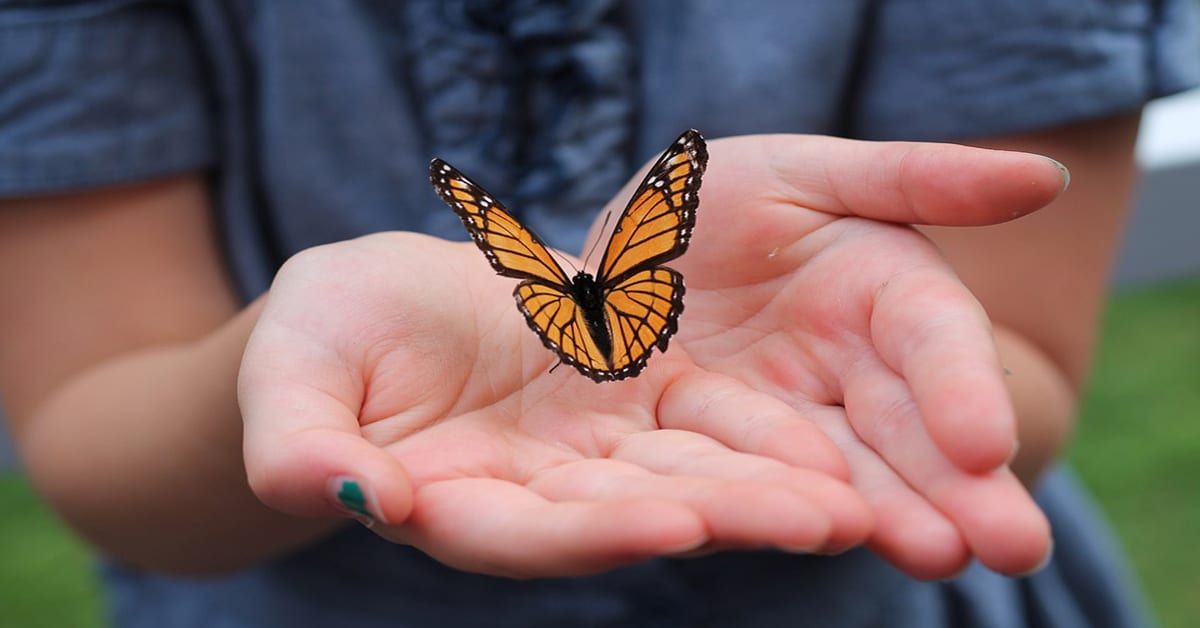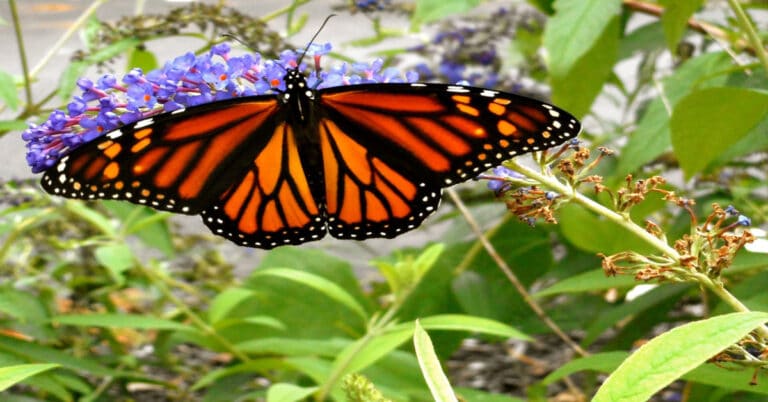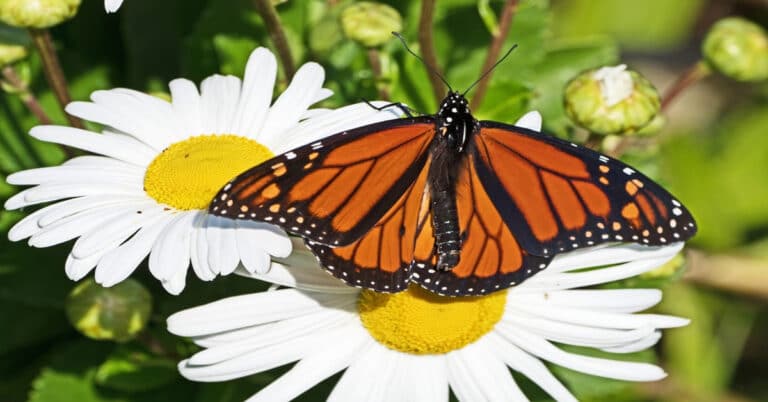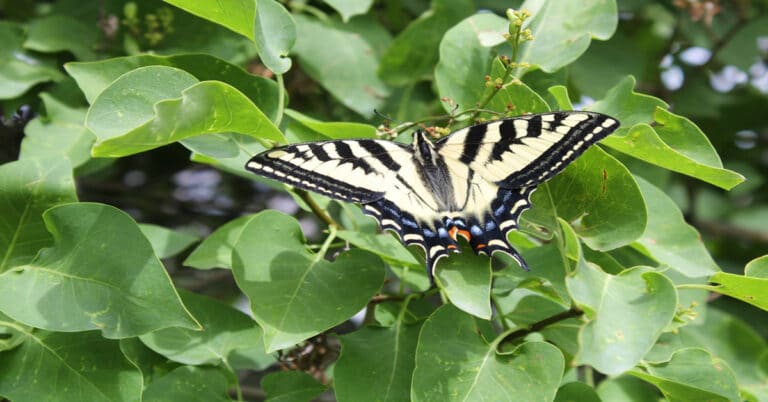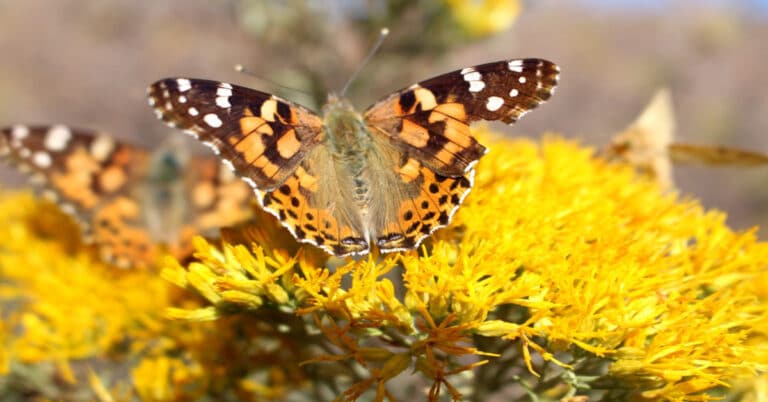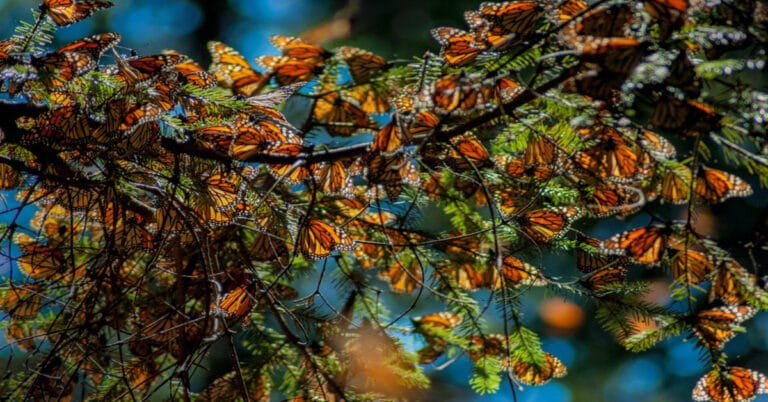Saving Monarch Butterfly
All across the North American continent, and on the other coasts of the Atlantic and Pacific oceans, people admire the King of Butterflies. The Monarch Butterfly’s heroic migration, colorful wings, and purposeful flight appeal even to people who dislike other insects. The sight of hibernating Monarch butterfly cities in California and Mexico has even generated enough butterfly tourism to provide a much-needed economic boost for the depressed ex-mining towns around the Monarch Butterfly Biosphere Reserve. Monarch Butterfly extinction is something nobody wants to see.
Nevertheless, through carelessness, we have caused Monarch Butterfly populations to decline at a rate that endangered the species. Logging and construction have destroyed the trees where the butterflies rest in winter. Use of harmful chemical sprays on farms and gardens have destroyed the native milkweed plants baby Monarch Butterflies eat. Estimates that 97% of all the milkweed, and 90% of all the Monarchs themselves, were wiped out between 1990 and 2010, came from the Midwestern States and may overstate losses further east and west; even so, we have lost a lot of milkweed and a lot of Monarchs.
People have responded to the crisis by organizing several groups that developed different strategies to help these butterflies. Here are some things people are trying:
Just Say No to Pesticide Sprays
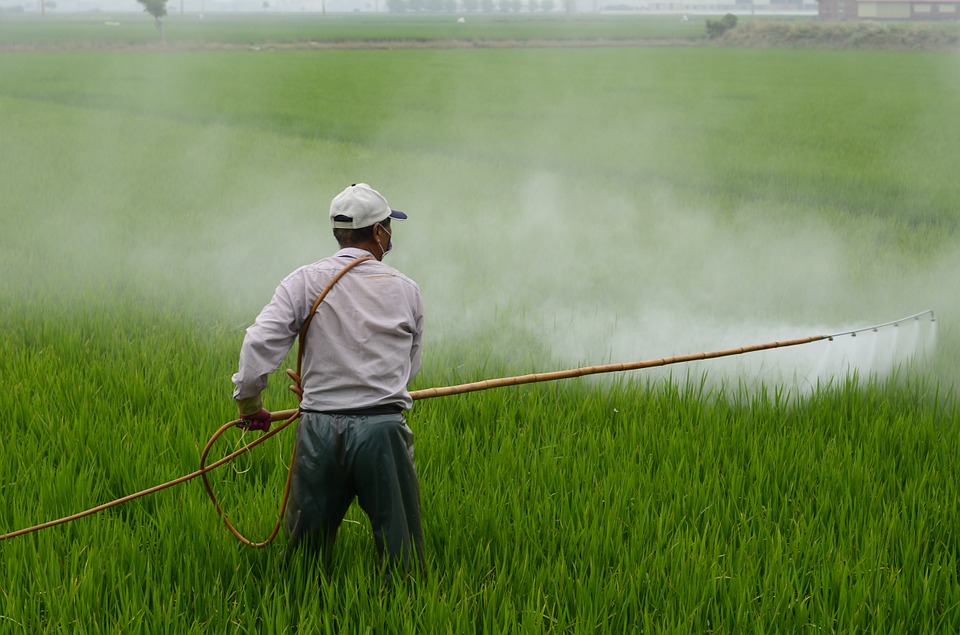
Pesticides are chemicals used to kill unwanted species. They may be classified as herbicides, insecticides, or sometimes fungicides. Many different chemicals have been used as pesticides. All of them have three things in common.
- They harm many valuable plants and animals along with the pests.
- They lose effectiveness if they are reused on successive generations of the same pests, because they promote selective breeding for resistance to the chemicals.
- Since many natural predators that have been keeping the pest species in balance have longer life cycles than their prey, pesticides can easily promote pest population explosions.
For farmers, dependence on reuse of the same pesticide sprays can become almost like an addiction. There may be no more noticeable gain (or high) from spraying a field, but there will be a loss (or withdrawal pain) from not spraying it, after chemical sprays have been used for two or three years. Many farmers fear the transition to more sustainable ways of farming. Though there are ways to reduce their losses, the probability that they will lose profits during the transition years is very high.
For the rest of us, saying no to pesticides is much easier. In fact, when you and your neighbors stop spraying poison on insects and plants, you may be able to feel nature’s rewards in things like improved concentration, relief from chronic health problems, or greater strength and stamina. In addition to encouraging native milkweed plants, why not learn more about better ways to control roaches, fleas, and mosquitoes?
Avoid Genetically Engineered Crops
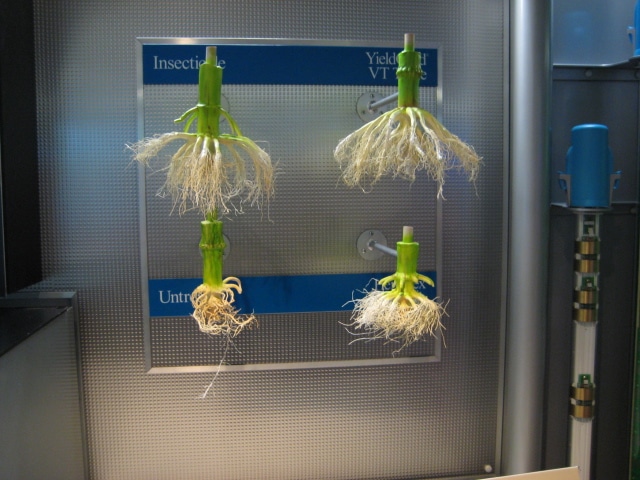
The first bioengineered corn plants grown in the Midwestern States contained a gene spliced in from Bacillus thuringiensis, bacteria that make caterpillars sick. This genetic modification soon lost its usefulness and was replaced by Roundup-Ready corn, which contains a gene spliced in from Escherichia coli, bacteria that make humans sick, to allow corn and other crops to survive heavy spraying with glyphosate-based herbicides. Constant spraying appealed to farmers because it eliminated the need to cultivate their corn fields. It also destroyed milkweed along roads and in vacant fields. The sharp decrease in Monarch Butterfly populations appeared soon after Roundup-Ready corn and soy were sold to farmers in the Midwestern States.
Many people are now finding it necessary to avoid eating corn and soy products because these foods make them sick. You may not be one of those people, but you may want to avoid buying GMO (genetically modified organisms) to help the Monarch Butterflies.
Plant Native Milkweeds
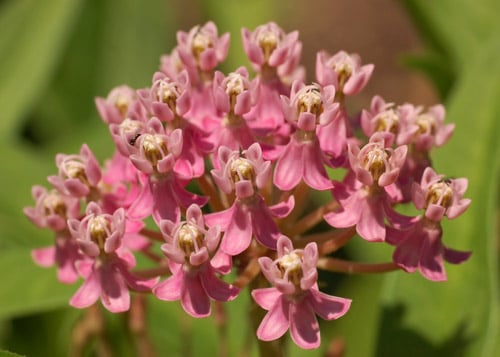
Milkweeds are tall wildflowers that grow well spaced in sunny fields, where each milkweed plant provides a small amount of shade to smaller plants around it. At least one species of milkweed is likely to grow in any field where it is allowed to grow in most of North America. Some people like to plant different ones, and actually buy seeds so they can compare the different flowers. However, plants that grow wild where you live are most likely to thrive and support healthy Monarch Butterfly caterpillars.
Tropical milkweed can be a problem because it continues growing in winter. In addition to interfering with Monarch Butterfly migration, this abnormal food supply may harbor parasites that attack the Monarch Butterfly pupa inside the chrysalis, preventing emergence or leading to the emergence of a weaker butterfly. If you do keep tropical milkweed in your garden, regular pruning can reduce the danger of parasite infestation.
Plant a Monarch Butterfly Way Station
A way station garden is planned to offer migrating Monarch Butterflies flower nectar as well as milkweed plants, thus giving the gardener the best opportunity to watch Monarch Butterflies flying around the garden for hours or days. If it has lots of sunshine, shallow water, and a nice mix of native flower species, such a garden will attract all kinds of butterflies.
Although Monarch Butterfly groves prove that the butterflies don’t mind resting near each other in clumps that weight down the ends of the oyamel fir trees, during the breeding season they try to find a separate milkweed plant for each Monarch Butterfly egg. You may see masses of other butterflies crowding around a flower but only one or two Monarchs. Each Monarch Butterfly wants to be the only one of its sex and species in a garden.
Save Grasslands
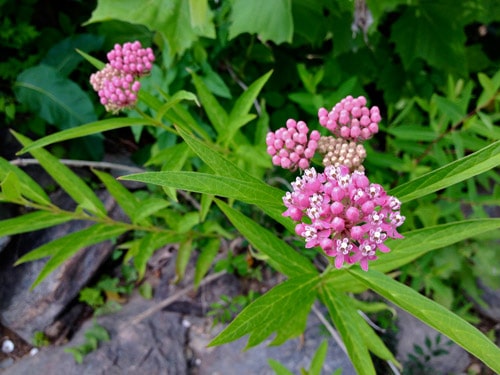
Uncultivated fields of native grass and wild plants provide Monarch Butterflies habitat, along with their food plants and the rest of their natural environment the grass and small flowers that grow among the milkweed, the other butterflies that enjoy the same flowers, those butterflies’ eggs, and larvae, their natural predators, and so on. If you can buy an acre of wild plants that no one ever sprays, mows, tills, or otherwise disturbs except to sow the milkweed and other tall flowers Monarchs need, you may be saving dozens of different species, perhaps even some that have yet to be named or studied, as well as Monarchs.
Habitat Corridor
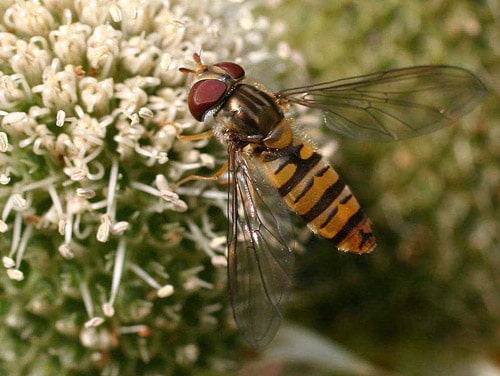
In the Central States, the U.S. Fish and Wildlife Service and the National Wildlife Federation have worked to designate a Monarch Butterfly Habitat Corridor where milkweed and other wild flowers will be free to grow.
Climate Change Campaigns

So far, most climate change campaigns have depended on shaky theoretical models of future global climate changes that have not happened in the real world. The Monarch Butterfly life cycle has always been vulnerable to unusual weather; the species has survived by being widely distributed. Weather quirks in one of the places where they live do not harm butterflies in other places. Nevertheless, the local warming effects of urbanization are real; Code Red heat in inner cities means the changes are big enough to harm humans. If they disrupt Monarch Butterfly migration or food plant growth, these local climate changes will harm the butterflies.
Forest Stewardship Council Certification
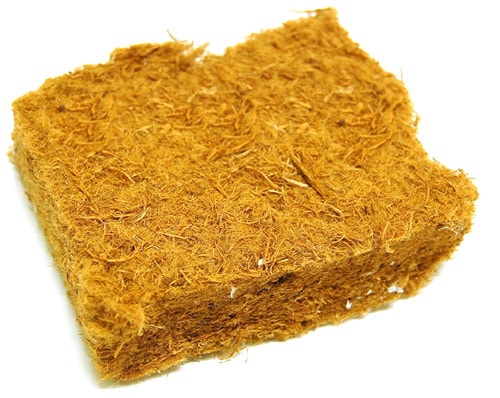
Wood Fibre Product Certified with Forest Stewardship Council
The Forest Stewardship Council certifies that wood products were not produced by illegal logging in Monarch Butterfly groves in Mexico. If you buy wood products of Mexican origin, look for FSC certification.
Ongoing Research
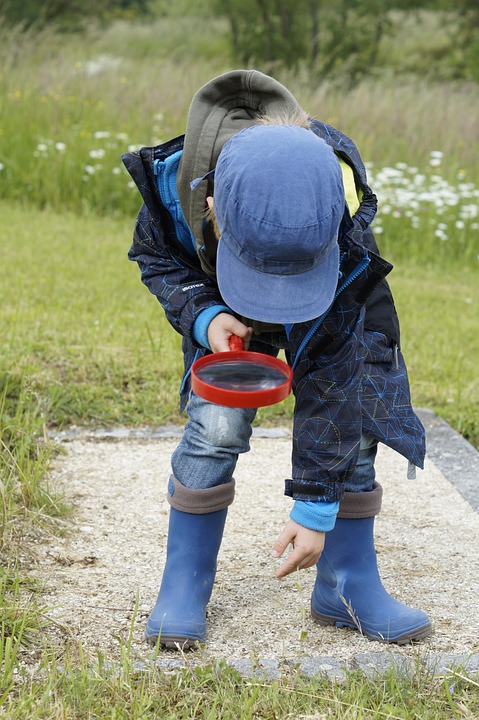
In addition to big, familiar organizations like the Friends of the Earth, Environmental Working Group, and Institute for Responsible Technology, which work to help Monarchs among many other things, there are entire organizations with names like Monarch Watch and Save Our Monarchs that focus entirely on Monarch Butterfly conservation. If you don’t have a Monarch Butterfly garden or an acre of grassland, you may be able to work with one of these groups to maintain one. By keeping in touch with conservation groups, you’ll get the latest news and ongoing research to keep up to date.
Share the Knowledge

As you learn more about butterflies and other endangered species, sharing what you learn will multiply the impact you can have on threats to our native wildlife. You might not be able to buy grassland or even maintain a Monarch Butterfly garden way station, but your class, club, or co-workers as a group might be able to do that. Your whole neighborhood could experience a dramatic health improvement when you agree to stop using pesticide sprays. There is really no way to predict how far the information you gather can spread, or how much good it can do.

Having discovered a fondness for insects while pursuing her degree in Biology, Randi Jones was quite bugged to know that people usually dismissed these little creatures as “creepy-crawlies”.

